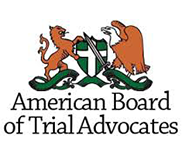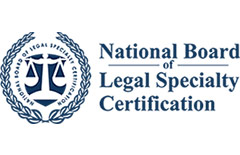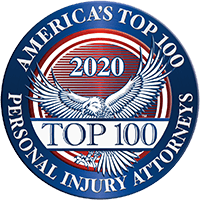Drowsy Driving Awareness Week
November 10-16 is the National Sleep Foundation’s second annual Drowsy Driving Awareness Week. With the clocks falling back once again, it’s important to be able to recognize the warning signs of drowsy driving:
- Trouble focusing, keeping your eyes open, or your head up
- Yawning or repeatedly rubbing your eyes
- Daydreaming and/or wandering thoughts
- Drifting from your lane, tailgating, and missing signs or exits
- Feeling restless, irritable, or aggressive
- Turning up the radio or rolling down the windows
- Slower reaction time and poor judgment
Studies show that being awake for more than 20 hours results in an impairment equal to a blood alcohol concentration of .08, the legal limit in all states. The National Highway Traffic Safety Administration estimates 100,000 police-reported crashes each year are primarily caused by drowsy driving and such crashes result in more than 1,550 deaths. Those at the most risk are:
- Young drivers
- Shift workers and people working long hours
- Commercial drivers
- People with untreated sleep disorders, such as obstructive sleep apnea
- Business travelers
You can take steps to avoid driving while drowsy.
- Get a good night’s sleep before a long drive.
- Get off the road if you notice any of the warning signs.
- Take a nap in a safe place for 15 to 20 minutes.
- Consume caffeine (2 cups of coffee can increase alertness for several hours, but don’t rely on it for long periods)
- Consume caffeine before taking a short nap to get the benefits from both.
- Drive with a friend who can take a turn and watch for warning signs
- As always, wear your seatbelt.
If you’ve been charged with drowsy driving or another moving infraction, or have been in an accident caused by someone driving under fatigue, contact Colling Gilbert Wright at (407) 712-7300 for a no-cost consultation.

 (407) 712-7300
(407) 712-7300





























